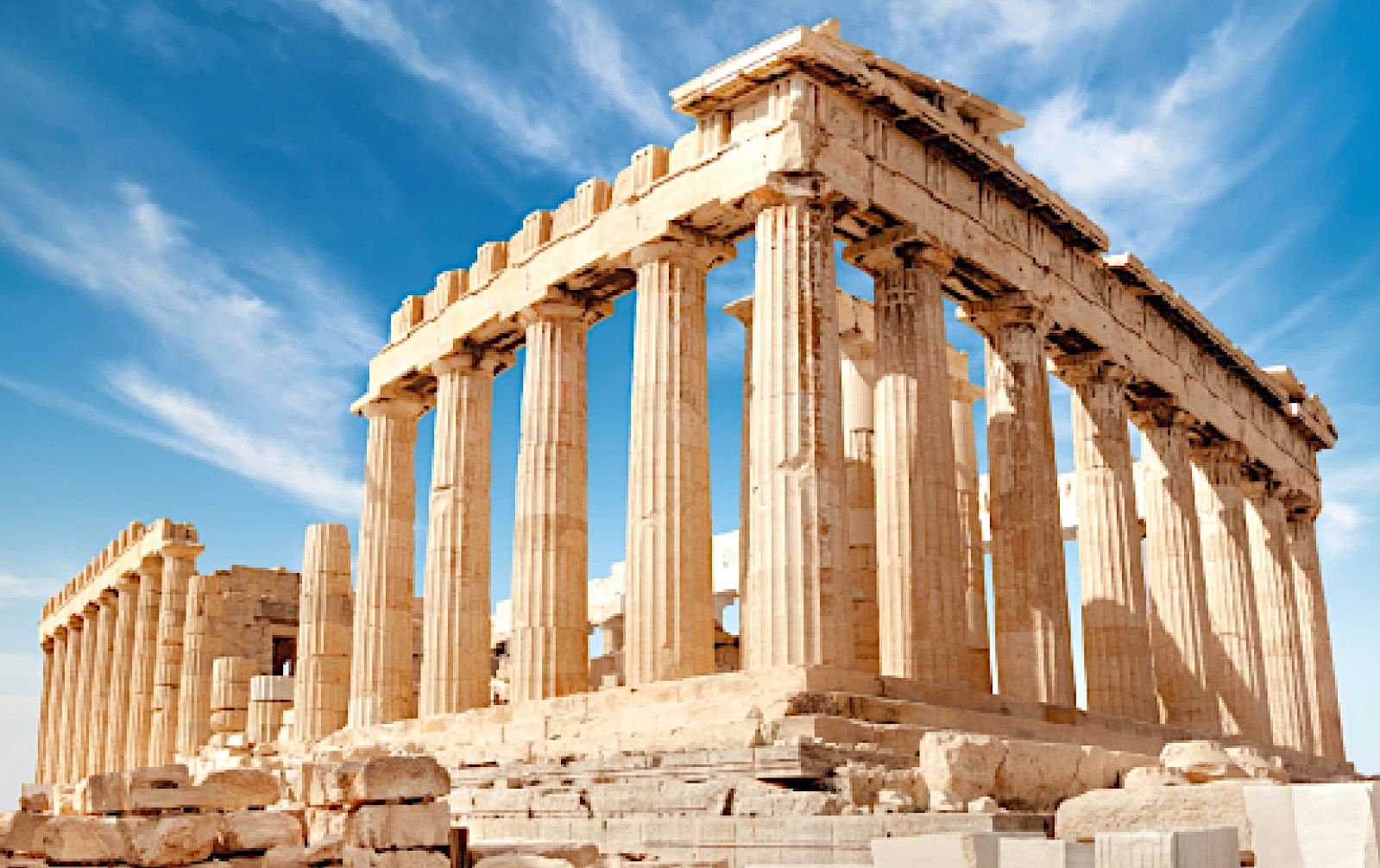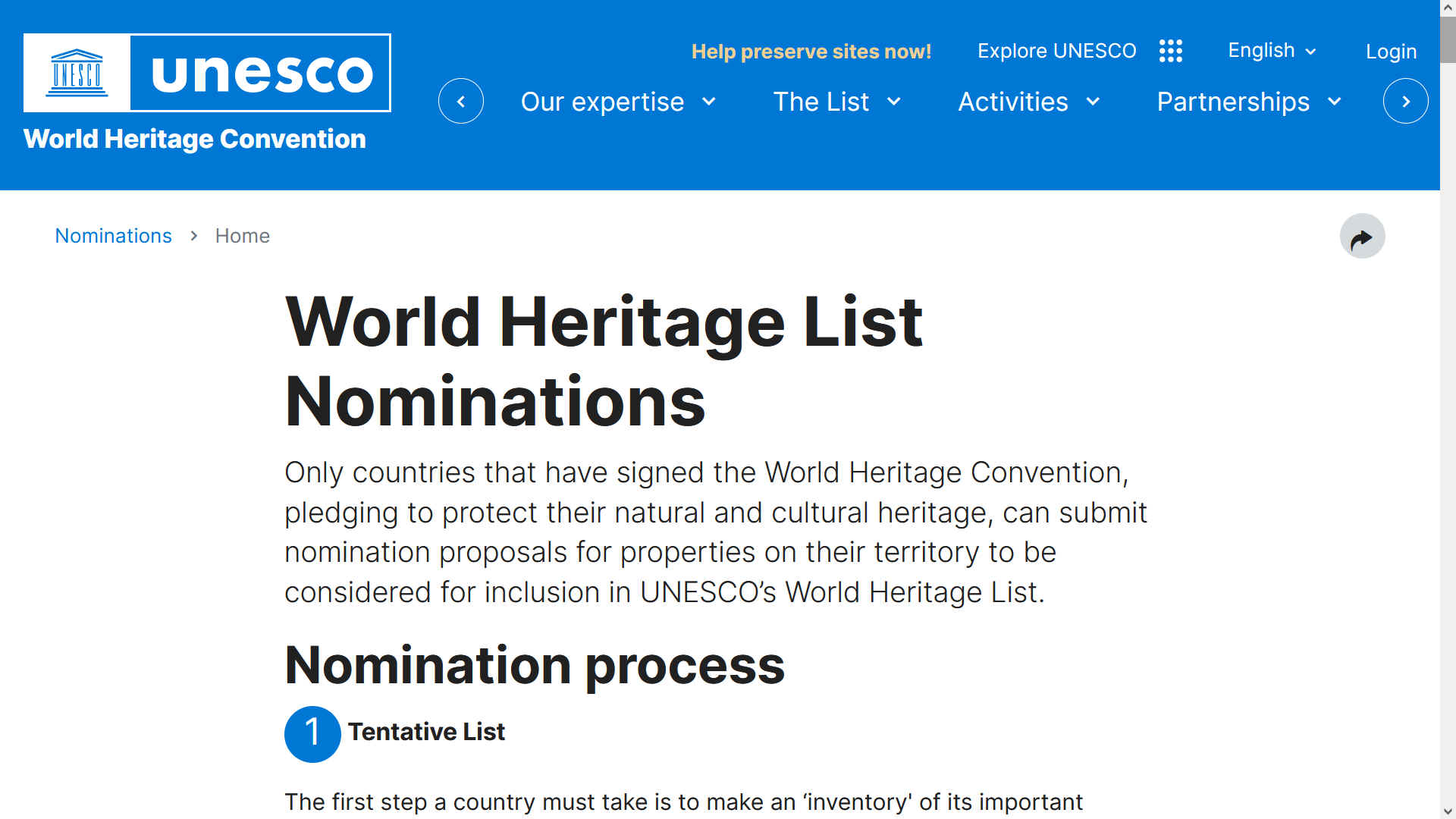|
MACHU PICCHU - WORLD HERITAGE SITES - A TO Z
Please use our A-Z INDEX to navigate this site or see HOME
|
|
Sitting
2,430m up among lush forest in the Andes, the lost city of the Incas only became known to the outside world in 1911. The remote mountaintop citadelís heyday was bright and brief. Built in the 15th century for emperor Pachacuti, it was abandoned little more than a hundred years later, after the arrival of the
Spanish
conquistadors.
...
ACROPOLIS - ATHENS, ANCIENT GREEKS, PARTHENON, TEMPLE ATHENA NIKE ANGKOR WAT - HINDU BUDDHIST TEMPLE RELIGIOUS COMPLEX, CAMBODIA CHICHEN ITZA - ANCIENT MAYAN CITY, YUCATAN PENINSULA, MEXICO COLOSSEUM - ROMAN HISTORIC CITY CENTRE, ROME, PANTHEON, ITALY EASTER ISLAND - RAPA NUI, POLYNESIAN HEAD STATUES, PACIFIC OCEAN GREAT WALL OF CHINA - 3RD CENTURY BC EMPEROR QIN SHI HUANG & MING DYNASTY MACHU PICCHU - PYRAMID, PERU, INCAN LOST CITY, ANDES PETRA - TREASURY, AL-KHAZNEH, SIQ GORGE, NABATAEANS, SOUTHERN JORDAN PYRAMIDS - GREAT SPHINX, MEMPHIS NECROPOLIS, GIZA, EGYPT TAJ MAHAL - MAUSOLEUM BUILT BY SHAH JAHAN, AGRA, INDIA VATICAN CITY - THE WORLD'S SMALLEST, HOLIEST CHRISTIAN STATE WESTMINSTER ABBEY - HOUSES OF PARLIAMENT, LONDON, ENGLAND
TENTATIVE LISTINGS
PORT ROYAL - JAMAICAN SUNKEN CITY 1692, PIRATES HISTORY
|
|
A World Heritage Site is a landmark or area with legal protection by an international convention administered by the United Nations Educational, Scientific and Cultural Organization (UNESCO). World Heritage Sites are designated by UNESCO for having cultural, historical, scientific or other form of significance. The sites are judged to contain "cultural and natural heritage around the world considered to be of outstanding value to humanity".
|
|
|
CONTACTS
LINKS & REFERENCE
http://www.unesco.org https://ioc.unesco.org/
|
|
|
A FULLER UNDERSTANDING OF HUMAN DEVELOPMENT - Due to the pace of development, sometimes significant gaps exist in the records, as to how man leapfrogged from coal fires, to steam, to electricity, computers and finally the renewable energy age, to combat climate change, as the anthropocene age of self destruction looms large, per the Biblical prophecy, Armageddon: the beginning of the end. Unless, we put the economic development brakes on hard, and engage reverse gear - immediately.
|
|
|
Please use our A-Z INDEX to navigate this site, or return HOME
|
|
|
This website is Copyright © 2024 Climate Change Trust & Injustice Alliance The views, performance reviews and opinions of the Trust are protected by Articles 18 and 19 of the Universal Declaration of Human Rights.
|


